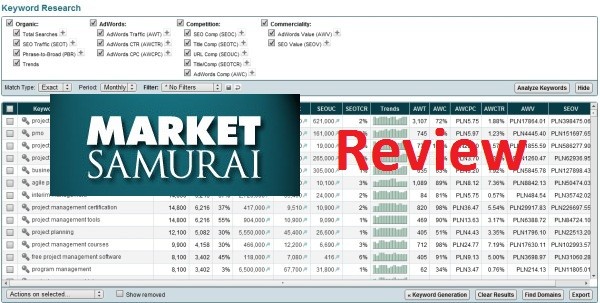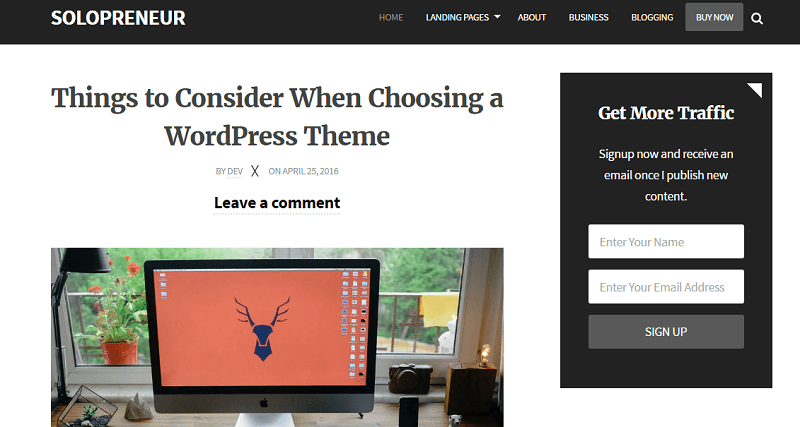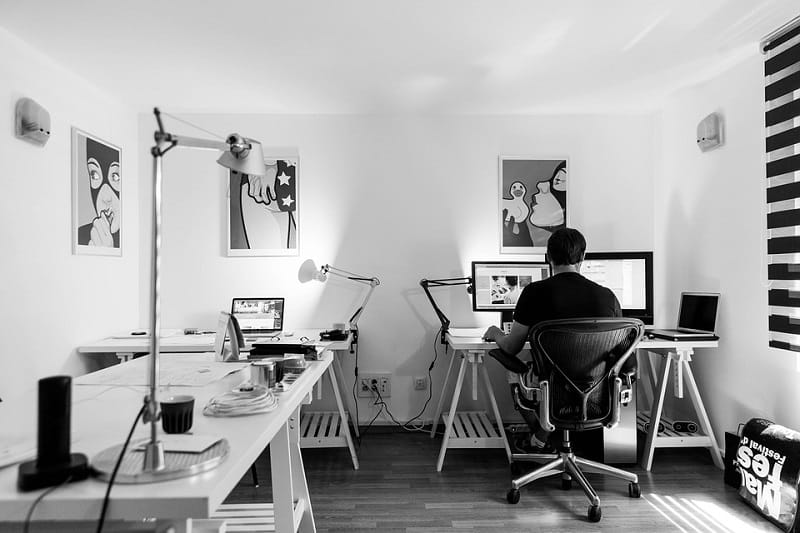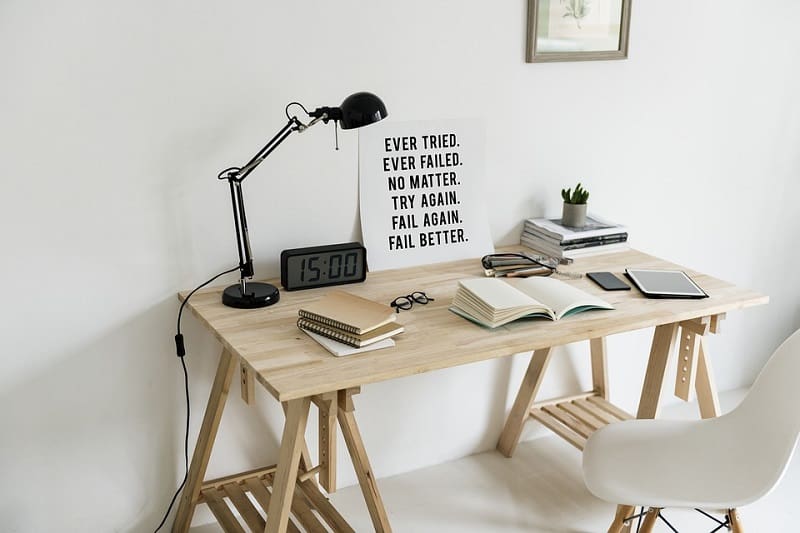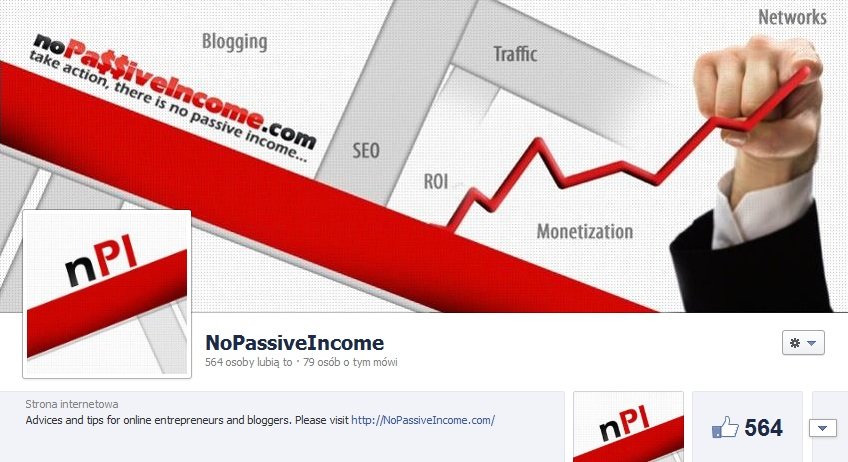What’s the point of getting views if they don’t lead to real money? That’s the question too many publishers, content creators, and site owners face. You put in the work, generate traffic, maybe even build a loyal following. But without a strong monetisation plan, all those pageviews sit there doing nothing. That’s where a high-performing display ad network comes in, not as a bonus, but as a key part of turning attention into income.
It’s not just about slapping banners on your site and hoping for the best. It’s about choosing the right type of ad network, setting it up to maximise value, and knowing how to keep your user experience intact while making revenue grow in the background.
Table of Contents
What Actually Makes a Display Ad Network “Powerful”?

Some ad networks promise big numbers. Others offer easy setup. But those things don’t always mean more money. A truly powerful display ad network delivers results in three clear areas: earnings, control, and user experience.
Here’s what to look for:
- High fill rates – You want ad slots filled as often as possible, not sitting empty.
- Competitive CPMs – The better the cost per thousand impressions, the better your payout for the same traffic.
- Advanced targeting – Ads should be tailored to your audience, not random or irrelevant.
- Responsive formats – Ads need to look good on mobile, desktop, and tablet.
- Customisation options – You should be able to control where, when, and how ads appear.
If your current network only ticks one or two of these boxes, there’s a good chance you’re leaving money on the table.
The Value of Every Impression
A common mistake is underestimating how much each impression is worth. It’s easy to assume a single ad view doesn’t matter much. But add those up over weeks and months, and the lost potential can be massive.
Think of it this way: if your site gets 100,000 monthly views and your CPM is $2, that’s $200 in passive income every month. Push that CPM to $5 through better targeting or improved ad placement, and you’ve suddenly more than doubled your earnings without doing anything extra.
This is where the quality of the display ad networks you work with makes all the difference. Some are just middlemen. Others have access to premium demand partners and better tech, which means better bids for your inventory.
Getting Set Up for Maximum Return
Jumping into display ads without a plan usually leads to frustration. Either the earnings are low, or the ads are intrusive. Sometimes both. To get it right, you need a strategy that balances layout, load time, and long-term value.
Here’s how to set things up properly:
1. Map out your ad zones
Decide where ads will appear before activating anything. Common spots include:
- Top of the page (leaderboard)
- In-article placements
- Sidebar or sticky units
- Footer banners
You want these to feel natural within your layout, not forced.
2. Prioritise user experience
Too many ads will tank your bounce rate. Aim for a clean structure. If your site slows down or users struggle to navigate, it doesn’t matter how high the CPM is. You’ll lose traffic faster than you earn.
3. Use responsive ad formats
Mobile users now make up the majority of web traffic. If your ads don’t load correctly on smaller screens, you’re missing out. Make sure every unit adjusts based on screen size.
4. Test and adjust
No setup is perfect on the first try. Monitor performance. Tweak placements. Remove low-performing units. The goal is to find the right mix of visibility and value.
When Should You Start Using Display Ads?
There’s no magic traffic number where ads suddenly become viable. Some sites start monetising with just a few thousand monthly views, others wait until they hit six figures. The better question is: is your content bringing in consistent, quality traffic?
If the answer is yes, even a basic ad setup can be worthwhile.
That said, scaling up takes time. The stronger your site’s authority, audience loyalty, and layout quality, the more valuable your ad inventory becomes. So, while early revenue might be modest, it builds fast if your growth stays steady.
5 Signs You’re Ready for a Better Ad Network
If you’re already running ads and wondering whether it’s time to switch things up, check for these:
- Low CPMs – If your revenue per thousand views hasn’t improved in months, your network may not have access to top-paying advertisers.
- Poor support – Long wait times, no clear answers, or outdated tools can be a sign it’s time to move on.
- Slow load speeds – Badly optimised ads can seriously drag down performance.
- Lack of control – You should be able to set rules, block categories, and manage frequency.
- Irrelevant ads – If your audience keeps seeing off-topic ads, it means the targeting isn’t working.
You don’t need to stick with a setup just because it’s familiar. A better network can mean fewer ads, faster pages, and higher income.
How to Protect User Trust While Monetising
Ads can be effective without being annoying. In fact, when done well, most visitors won’t even notice them; they blend naturally into the experience.
To protect trust and keep your audience coming back:
- Don’t overload your pages
- Avoid auto-play video ads or pop-ups
- Keep ads away from key navigation buttons
- Match ad style to your overall branding
The long-term win is building a site that earns well and retains readers. That balance is completely possible, but it takes discipline in how you integrate monetisation.
Let Your Traffic Work For You
Traffic without monetisation is like a shop full of people who never buy anything. The effort still costs time, energy, and money, but the return just isn’t there.
If you’ve built something people want to read, you deserve to earn from it. The right display ad network is not just a tool. It’s part of your business model. It allows your content to pay for itself and grow even further.
Don’t waste another 10,000 impressions on low-value placements or networks that don’t deliver. Set things up smartly, monitor what matters, and let every visitor help push your revenue forward.
Let your content work harder. You’ve already done the hard part; getting attention. Now it’s time to turn that into actual income.
